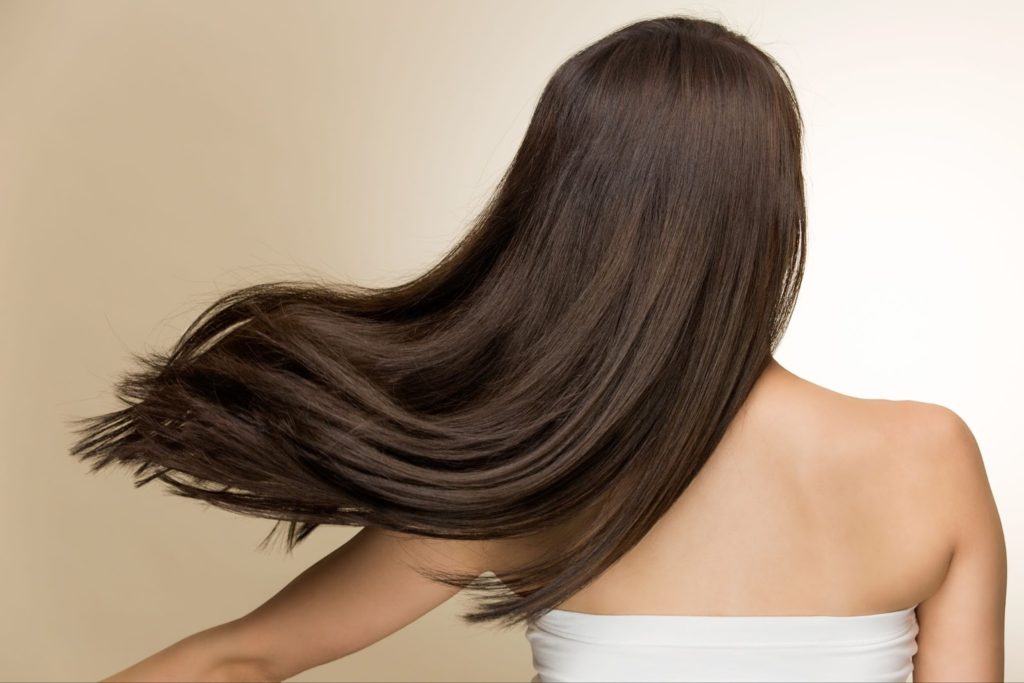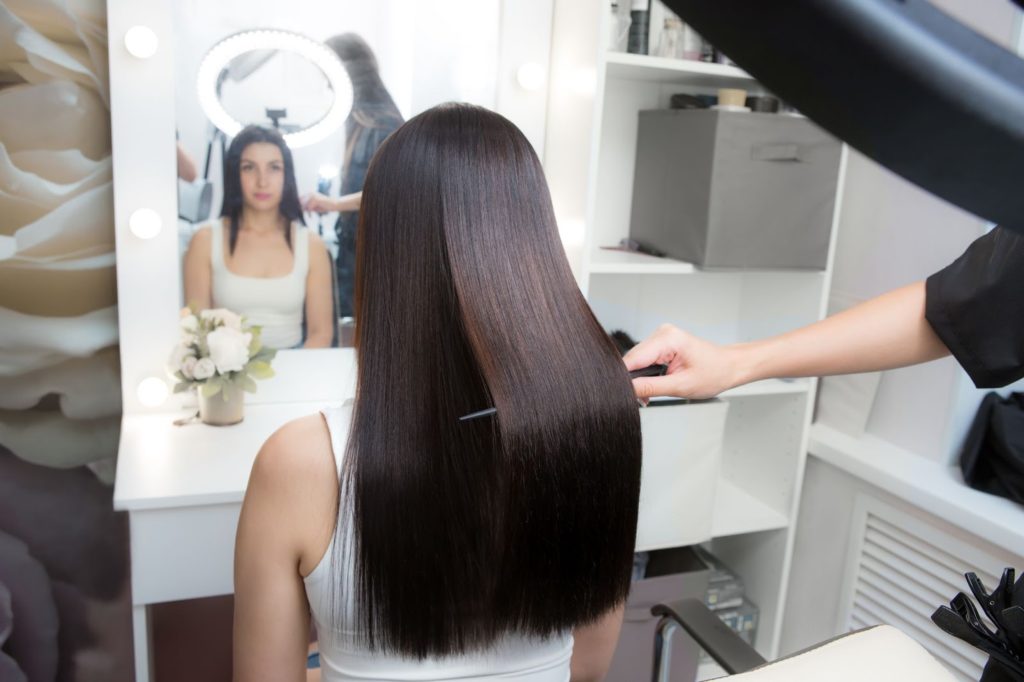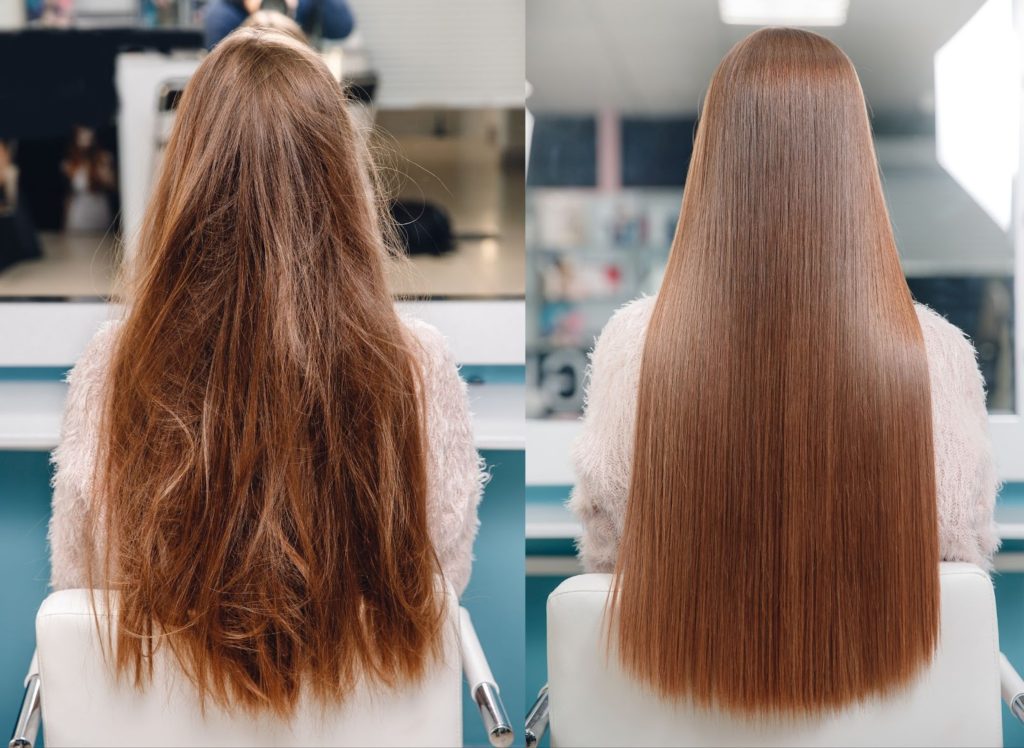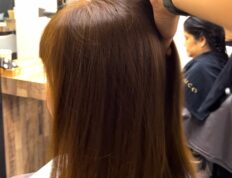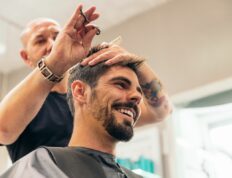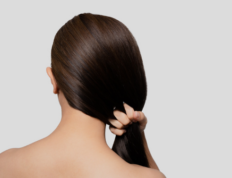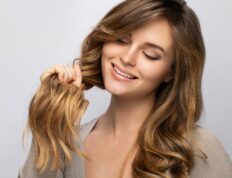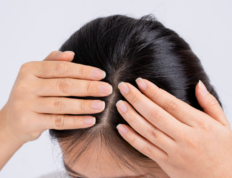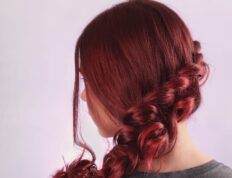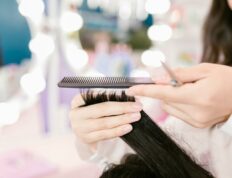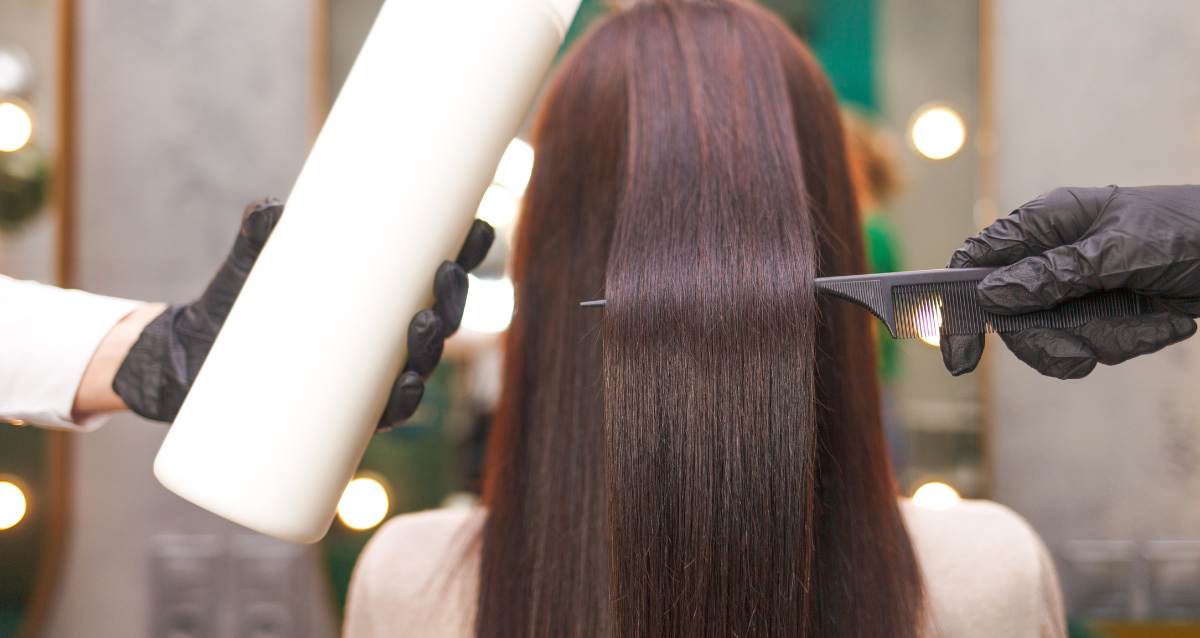
Tired of wrestling with unruly hair every morning? You’re definitely not alone. The big question is: soft rebonding vs. keratin treatment – which one’s for you? In this guide, we’ll break down these popular hair-smoothing options so you can make an informed choice. Whether it’s straight-as-an-arrow locks or just taming the frizz you’re after, we’ve got you covered. Let’s get to it, shall we?
What is Soft Rebonding?
Image via kei907 on Shutterstock
Soft rebonding is like the kinder, gentler cousin of the classic hair straightening we all know. Instead of going full-on with harsh chemicals and sizzling heat, it opts for a softer approach. It tames your curls and frizz but leaves your hair with a bit of bounce and life. It’s not about making your hair poker straight; it’s more about giving your locks a natural, free-flowing look that’s easy to manage.
You might be wondering, ‘What is keratin rebonding?’ Well, keratin rebonding is a different kettle of fish altogether, involving a different set of chemicals and treatment processes.
Pros of Soft Rebonding
- Natural Vibes: Compared to keratin rebonding, soft rebonding offers a natural finish without significant keratin rebonding side effects. Your hair won’t look like it’s been ironed flat; it’ll have a more relaxed, organic straightness.
- Friendlier to Your Hair: This treatment employs milder chemicals and less intense heat, lowering the risk of damaging your lovely locks.
- Lasting Results: Unlike some treatments that are here today, gone tomorrow, soft rebonding sticks around. It can last for several months, so you’re sorted for a good while.
- Keeps It Moving: You don’t lose all the liveliness of your hair. Soft rebonding keeps some of your natural movement intact, so your hair doesn’t look stiff or lifeless.
- Good for Wavy Warriors: If your hair isn’t super curly or coarse, this could be a brilliant option. It’s a milder form of treatment that doesn’t go overboard with the straightening.
Cons of Soft Rebonding
- Not for Everyone: Those with extremely curly or coarse hair might find soft rebonding a bit underwhelming. You may need a stronger treatment to really get those locks in line.
- Not Poker Straight: If you’re after a bone-straight look, this might not be for you. Soft rebonding aims for a more natural appearance, which means it won’t flatten your hair completely.
- Careful with Coloured Hair: If your hair’s been recently dyed or permed, tread carefully. Soft rebonding could affect the quality of treated hair.
- Aftercare Alert: Soft rebonding does require you to be cautious with post-treatment care, similar to keratin rebonding, but it doesn’t involve high keratin rebonding price tags.
What is Keratin Treatment?
Image via Starik_73 on Shutterstock
If soft rebonding is like that dependable ally who shows up at every gathering, keratin treatment is the life of the party. Instead of relying on a cocktail of chemicals, this one uses keratin — the very protein your hair is made of — to give you that sleek, shiny look. We often wonder, ‘Can I use keratin treatment after rebonding?’ and the answer generally depends on the health of your hair.
Imagine giving your hair a nutritious protein shake; that’s basically what a keratin treatment is like. It’s more than just a straightening treatment; it’s a full-on pampering session for your locks, leaving them looking lush and feeling smooth.
Pros of Keratin Treatment
- Adds Protein: Keratin treatment literally replenishes the natural proteins in your hair. The result? Utterly smooth, shiny locks.
- Hassle-Free Mornings: Forget about wrestling with your hair every morning. This treatment makes it way more manageable, meaning you’ll need less time to style it.
- Looks Healthy: If you’ve ever wanted hair that glistens like you’re in a shampoo advert, this is how you get it. Your hair won’t just be shiny; it’ll be dazzling.
- Hides Split Ends: The treatment can bond your hair temporarily, making split ends less visible. It’s not a cure, but it’s a pretty good patch-up job.
- Lasts a While: This isn’t a fly-by-night operation; a good keratin treatment can last you up to six months with the right aftercare.
- Works for All: Got long locks or a colourful mane? No worries. This treatment works wonders on all hair lengths and types, including colour-treated hair.
Cons of Keratin Treatment
- Strong Chemicals: Though it’s less harsh than some alternatives, keratin treatment still uses strong chemicals and a lot of heat, so brace yourself.
- Not Always Safe: Some versions contain formaldehyde or its derivatives. Always read the label and consult your stylist.
- Can Be Pricey: This isn’t a budget option. The cost can vary, but it’s generally on the higher end of the scale.
- Potential Irritants: Sensitive scalp or eyes? Be cautious, as the chemicals can irritate.
- Not Super Straight: If you want ramrod straight hair, you might find keratin treatment doesn’t go quite as far as you’d like.
- Risks: While it offers benefits it also comes with some potential risks. Always read labels and consult your stylist, especially if you are considering rebonding and keratin treatment together. Done improperly or too frequently, keratin treatments could leave your hair worse for wear.
What are the Differences Between Soft Rebonding and Keratin Treatment?
Now let’s pit them head-to-head, shall we? Soft rebonding is your mate if you’re after that natural straight look with a dash of movement. It’s kinder on the hair as it uses milder chemicals and less heat, so it’s a good shout for a semi-permanent sleekness. However, it does need a bit of TLC post-treatment, so get ready to pamper those locks.
Meanwhile, keratin treatment is like the VIP experience for your hair — think smooth, shiny, and ready for the red carpet. It’s loaded with proteins that’ll make your hair behave even on the frizziest days. Plus, it’s a bit more durable, lasting up to a solid six months.
But remember, all that glitters is not gold; keratin can be more chemically intense and a bit heavy on the pocket. If you’re leaning towards keratin but have already had a rebonding procedure, it’s worth asking your stylist if you can rebond with keratin treatment for a more versatile approach.
Soft Rebonding is the Best Anti-Frizz Treatment for You if:
Image via Parilov on Shutterstock
You’re Looking to Permanently Eliminate Your Curls
If you’ve had it up to here with your curly locks, soft rebonding can be your game-changer. It’ll knock those curls flat out, offering you a straight mane that’s pretty much here to stay.
You Want to Easily Style Your Curls
With soft rebonding, your hair becomes more obedient, making it easier to style the way you like it. Say cheerio to the endless wrestling match with your hairdryer every morning.
You Want Volume But Less Weight On Your Hair
If you love your hair having a bit of body but you’re not keen on feeling weighed down, soft rebonding has got you covered. It retains some natural movement in your hair, which adds a nice volume without making your head feel like it’s carrying an extra load.
You’re Planning to Colour Your Hair or Do Additional Chemical Treatments in the Future
Do you have big plans for your hair’s future? If colouring or any other chemical treatments are on the horizon, soft rebonding can be more forgiving. It sets the stage for your next beauty venture without throwing a spanner in the works.
You Have a Budget and Don’t Want Too Much Maintenance
While no hair treatment is entirely fuss-free, soft rebonding is pretty straightforward. It can last for several months, and it doesn’t require you to break the bank on expensive shampoos and conditioners.
You Want 100% Formaldehyde-Free Straightening Options
If you’re someone who keeps an eye on the ingredient list, soft rebonding is typically formaldehyde-free. So, you can have peace of mind knowing you’re avoiding some harsh chemicals while getting your hair to behave.
Keratin Treatment is the Best Anti-Frizz Treatment for You if:
Image via Parilov on Shutterstock
You Love Your Curls But Want to Reduce Frizz
If you’re a fan of your curls but could do without the frizz, keratin treatment’s your jam. It smoothens without completely straightening, so your curls get to stay, just without the unruly frizz.
You Want a Shiny and Glossy Look Post-Treatment
Ever dreamt of that glossy magazine-cover hair? Keratin treatment can give you that radiant shine, making your hair look sleeker and more vibrant.
Your Hair is Severely Damaged
Let’s face it, damaged hair is a pain. Keratin treatment is basically a lifeline for damaged hair, filling in the gaps and tears in your hair strands with protein.
You Don’t Mind Coming Back Every 3-6 Months to Redo Your Keratin Treatment
If you’re not too fussed about a bit of upkeep, then keratin is ideal. The treatment can last around 3-6 months, so you’ll need to revisit the salon a couple of times a year.
You Want to Avoid Strange Kinks When Your Natural Hair Grows Out
Nothing says awkward like kinks in your hair where the treated bits meet the new growth. Keratin treatment transitions more seamlessly, letting your hair grow naturally without odd kinks.
Your Hair is Dry Due to Bleach
Bleach can leave your hair thirstier than a wanderer in a desert. Keratin treatments can restore some of that lost moisture, making your hair feel softer and less like straw.
Conclusion
In the great debate of soft rebonding vs. keratin treatment, the choice ultimately depends on your hair goals and lifestyle. If you’re looking to permanently straighten your hair with less upkeep, soft rebonding is your go-to. However, if you want to maintain your natural curls while reducing frizz and adding shine, keratin treatment might be the better pick. Both treatments have their unique benefits and downsides, so the best approach is to consult with a professional stylist to determine which is right for you.
